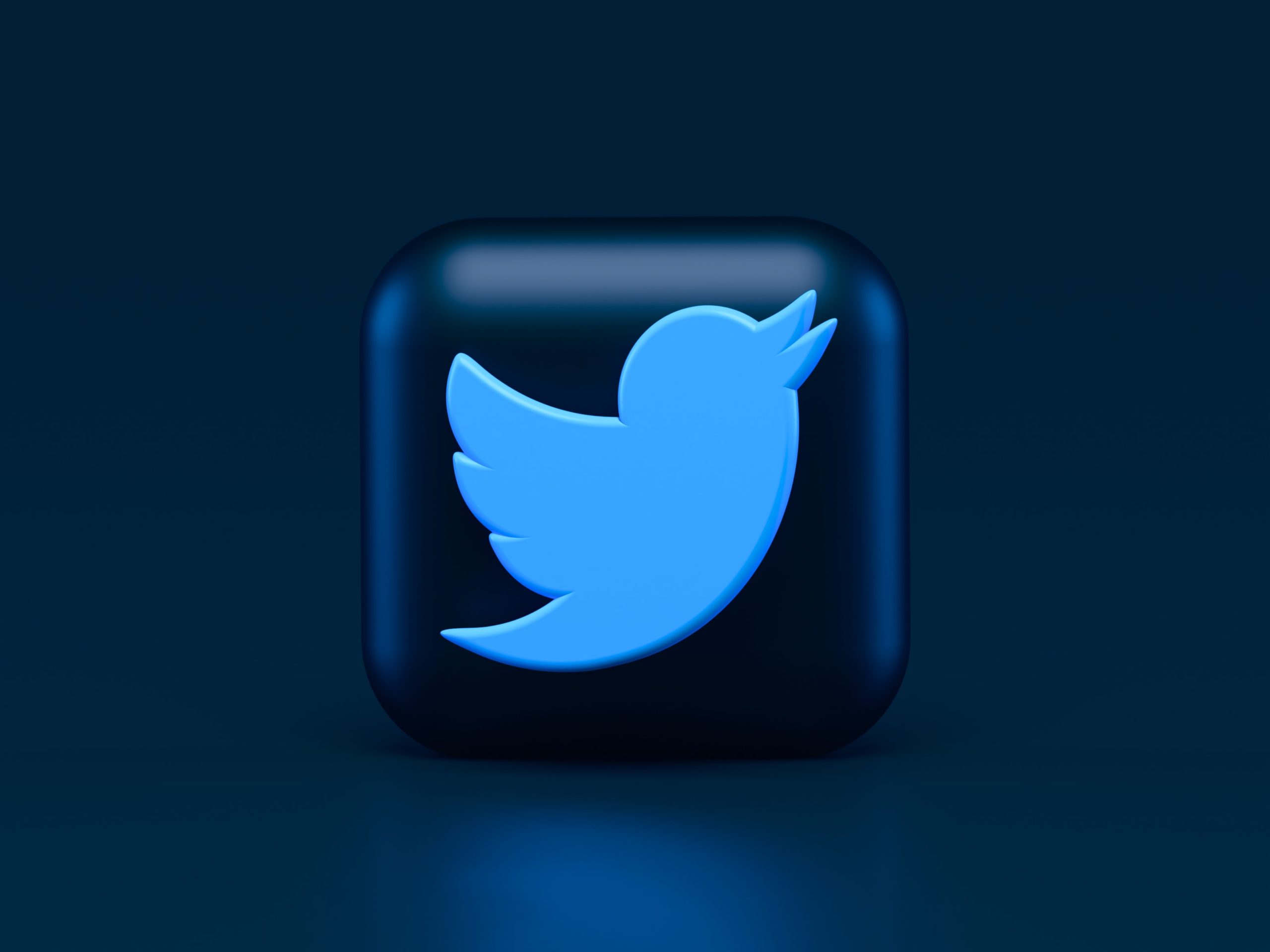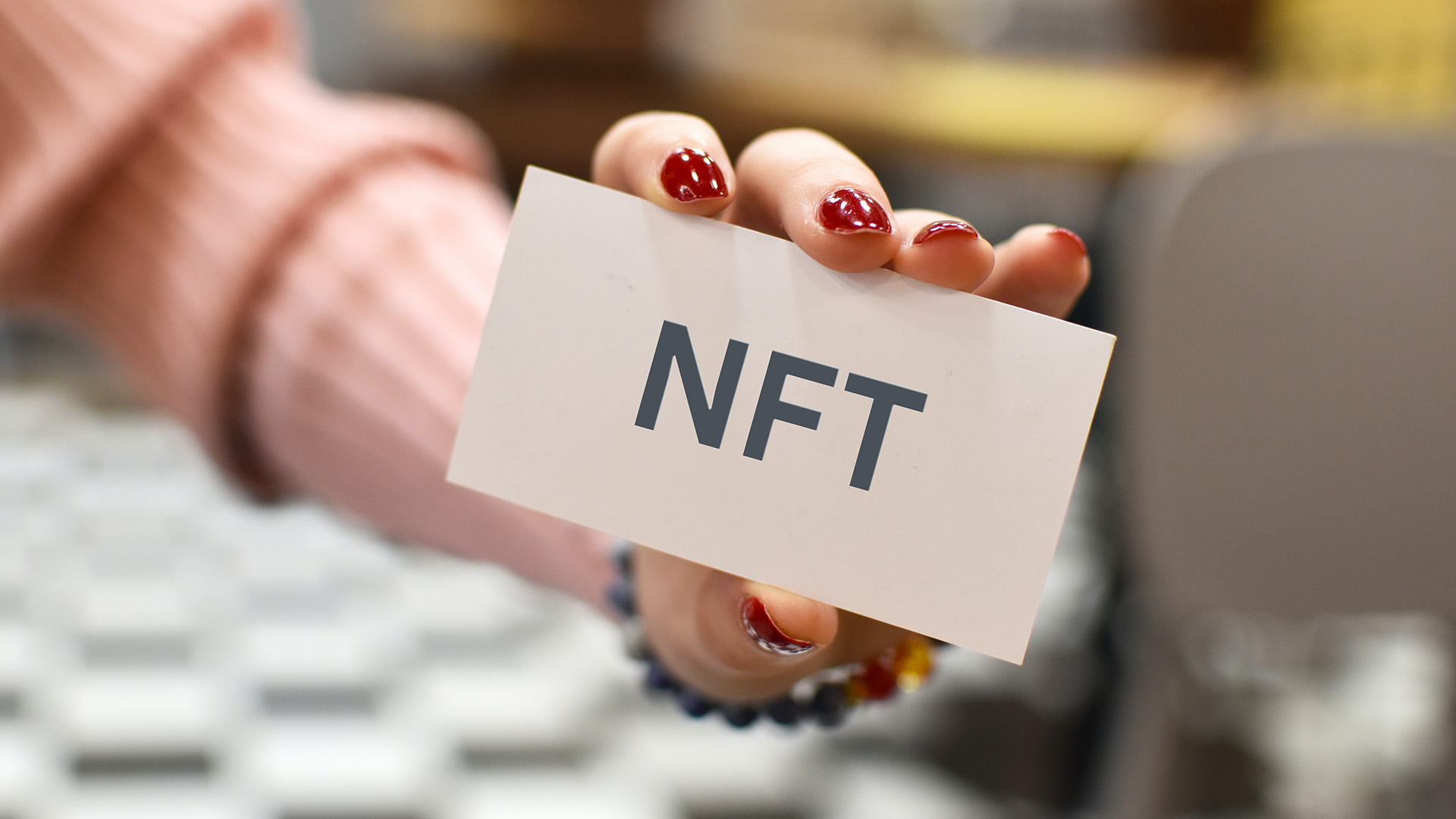After nearly a month of uncertainty, Twitter has accepted Elon Musk’s offer to buy out shareholders, officially taking the social network private. Musk has been an outspoken shareholder in recent months, calling for changes in the platform’s policies around content moderation and in the user experience. It is unclear how quickly, or even if, Musk will move on the changes he’s discussed publicly, or what other plans he may be keeping close to the vest, but we anticipate the Twitter of 2023 or 2024 will be very different than the one we see today.
 Details on the Deal and Potential Upcoming Changes
Details on the Deal and Potential Upcoming Changes
- Twitter has struggled to monetize in recent years, trailing the upward trajectory experienced by competitors Facebook and TikTok.
- Musk has pointed to limiting perceived censorship as a key factor in his decision to purchase the platform. He is also pushing for improvements to the experience that he believes competitors are doing better, like offering the ability to edit tweets and keeping bots and spammers at bay.
- Musk has also called for changes to Twitter’s business model, including an open-source algorithm and less reliance on advertising revenues. He has even floated the idea of a subscription model for all users. (Twitter launched Twitter Blue, a $2.99 premium access model offering additional features for paid users, last year.)
- The deal will take some time to close but reports suggest Elon Musk will take over ownership in the next 3-6 months.
Implications for Brands
Given what we know today, which is all just speculation about what change might come and how those changes may impact user behavior on the platform, we recommend brands continue with their current Twitter strategies. As we commented in this PRWeek article, Twitter has become a fairly safe space for brands to operate.
We will continue keeping a close eye on shifts in user behavior as platform changes are implemented under Musk’s leadership. But here are some guesses around what to expect:
- More users, more engagement (or maybe less) – While there are many unknowns, Musk has made clear his intention to lift perceived “censorship” by the platform except when it comes to censoring illegal speech. This could draw new users to the platform who have fled Twitter, given recent crackdowns on accounts spreading what it has deemed to be misinformation. Meanwhile, the crackdown on bots may result in one-time follower attrition that could affect total follower counts on brand accounts but shouldn’t otherwise affect KPIs.
- New risk, new opportunity – The ability to edit Tweets is a double-edged sword, as the opportunity to fix a simple typo also comes with the risk of users editing content after audiences have reacted to it – a risk that already exists on most other social platforms.
- Possible limit on advertising opportunities – Twitter has already launched a subscription model designed to offer premium features to users who pay $2.99/month for Twitter Blue, which hasn’t gained much traction. A move by Musk to reduce or remove advertising may require Twitter to charge all users for access and that could drastically affect user behavior. However, with ad sales making up the vast majority of Twitter’s revenue intake, and Musk paying a hefty price for purchasing Twitter and the high ongoing operating costs, it is not likely ads will be phased out anytime soon.
If you need a partner to help you navigate the “new” Twitter, or any other destination in the social media universe, our Ketchum Digital team of experts are available to help. Reach out to get in touch.



